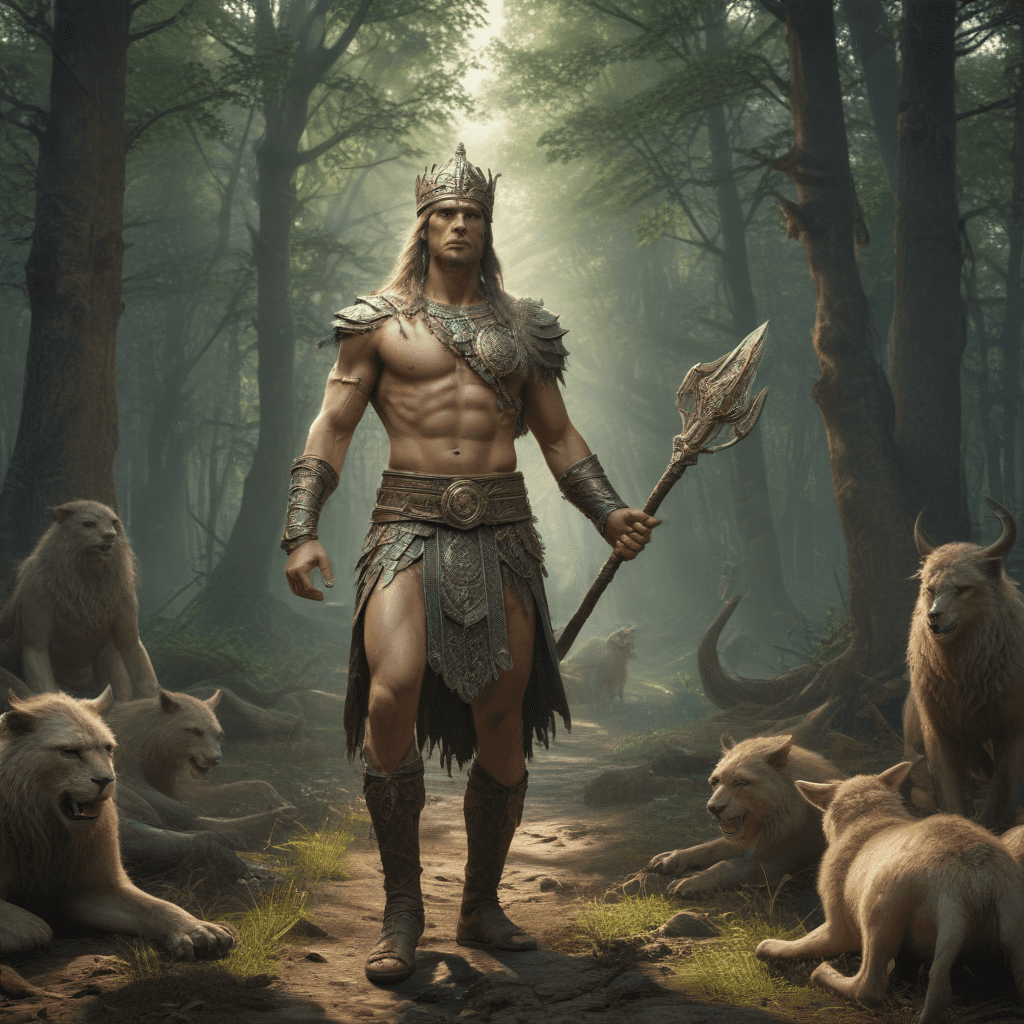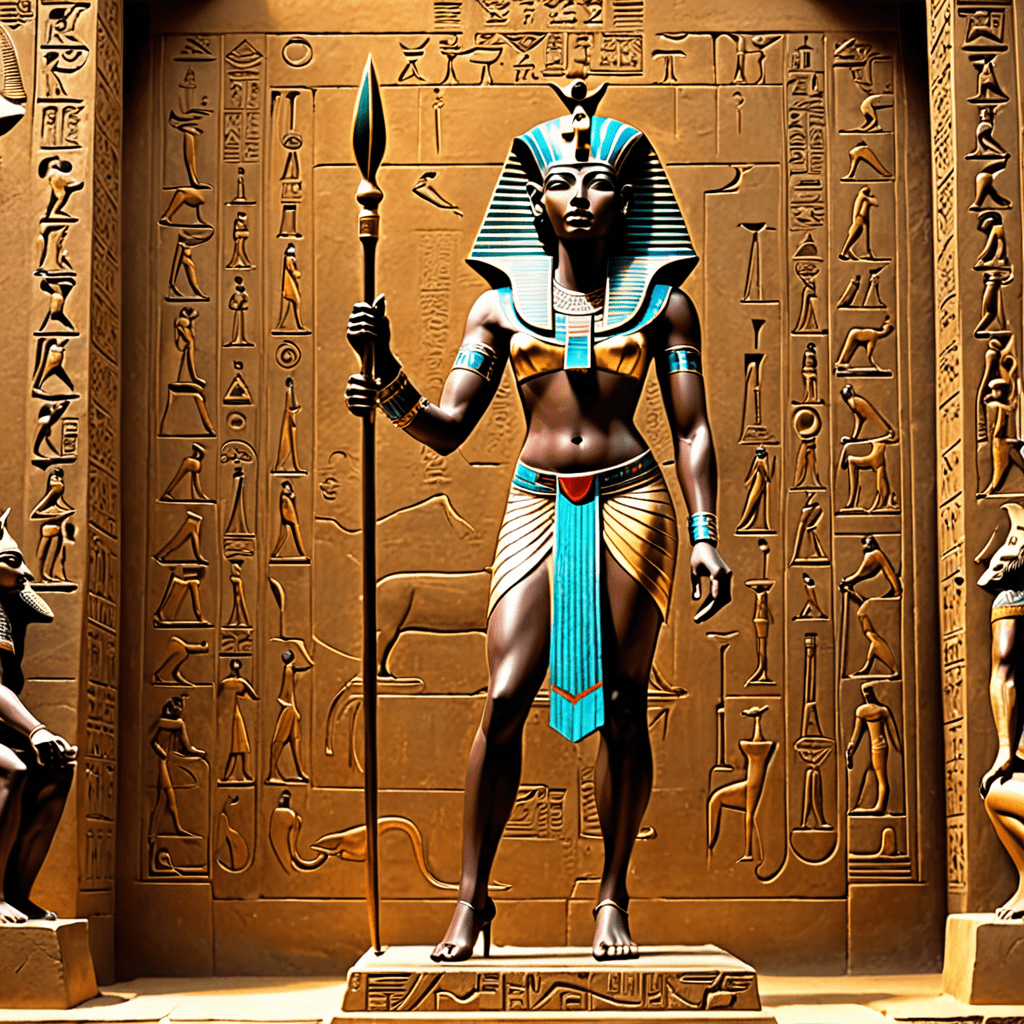The Slavic Cosmos and Creation Myths
Slavic mythology, a captivating tapestry of ancient beliefs, rituals, and narratives, unveils a profound spiritual connection with nature, the cosmos, and the ancestors. Its origins lie shrouded in the mists of time, with various theories proposing diverse explanations. One compelling hypothesis attributes Slavic mythology to a synthesis of Indo-European influences, blending elements from both Western and Eastern branches of this ancient linguistic family. Another theory postulates that Slavic mythology evolved independently from indigenous beliefs and practices within the region. Regardless of its precise genesis, Slavic mythology stands as a vibrant and enigmatic testament to the rich cultural heritage of the Slavic peoples.
At the heart of Slavic mythology lies the concept of the cosmos as a multifaceted realm, comprising three interconnected worlds: the celestial sphere, the terrestrial world, and the underworld. Each domain was believed to possess unique characteristics and be inhabited by a pantheon of deities, spirits, and mythical creatures. The celestial sphere, the uppermost realm, was associated with the heavens and the forces of light and order. It was presided over by a supreme deity, often referred to as Rod, who was considered the creator and ruler of the universe. The terrestrial world, the middle realm, represented the physical world where humans resided. It was believed to be a realm of both beauty and danger, teeming with both benevolent and malevolent spirits. Finally, the underworld, the lowest realm, was associated with darkness and chaos and was believed to be the abode of the dead and various underworld deities.
In Slavic mythology, the creation of the universe was often attributed to a primordial being or force. One prevalent creation myth involves the cosmic egg, a symbol of primordial chaos. From this egg emerged a creator deity, who separated the heavens from the earth and established order in the universe. Another creation myth tells of the god Rod, who, through his creative power, gave birth to the world and all living things. These creation myths provide glimpses into the Slavic understanding of the origins and structure of the cosmos, revealing a deep reverence for the interconnectedness of all things.
Slavic Rituals and Festivals Tied to Mythology
Slavic rituals and festivals played a significant role in embodying the mythological beliefs and practices of the Slavic peoples. These rituals and festivals served as a bridge between the human world and the divine realm, providing opportunities to honor the deities, commune with nature spirits, and commemorate mythological events.
One of the most important Slavic festivals was Kupala Night, celebrated during the summer solstice. This festival was dedicated to the sun god Kupalo and involved bonfires, ritual bathing, and fertility rites. Slavic mythology held that Kupala Night was a time when the boundary between the human and supernatural realms blurred, allowing for communication with otherworldly beings.
Other notable Slavic festivals included Maslenitsa, a spring festival marking the end of winter, and Radunitsa, a day dedicated to honoring the dead. These festivals were often accompanied by traditional songs, dances, and feasts, all infused with mythological symbolism and significance.
Comparative Mythology: Slavic Myths in Context
Slavic mythology shares striking similarities with other Indo-European mythologies, particularly those of the Germanic, Celtic, and Baltic traditions. Comparative mythology studies these connections to identify shared motifs, themes, and deities.
For instance, the Slavic god Perun, the god of thunder, is comparable to the Norse Thor, the Celtic Taranis, and the Baltic Perkūnas. These similarities suggest a common Indo-European origin for these deities, reflecting the shared cultural heritage of these ancient peoples.
Comparative mythology also sheds light on the evolution and dissemination of mythological ideas within the Slavic region. By examining cross-cultural influences and parallels, scholars can trace the transmission and transformation of myths over time and space.
The Impact of Christianity on Slavic Mythology
The arrival of Christianity in the Slavic lands during the Middle Ages had a profound impact on Slavic mythology. Christian missionaries sought to convert the Slavic peoples, often demonizing their traditional beliefs and practices. Over time, many Slavic myths were suppressed or reinterpreted to align with Christian doctrine.
Despite Christian influence, elements of Slavic mythology persisted, often blending with Christian beliefs and practices. This syncretism can be seen in the veneration of saints who assumed the roles of former Slavic deities or the incorporation of mythological motifs into Christian rituals and folklore.
Modern Revivals and the Legacy of Slavic Myth
In recent decades, there has been a growing revival of interest in Slavic mythology. This revival is driven by various factors, including a renewed appreciation for cultural heritage, a search for spiritual connection, and the rise of fantasy and historical fiction featuring Slavic mythological elements.
Modern revivals of Slavic mythology often focus on the reconstruction of ancient beliefs and practices, the retelling of traditional myths, and the creation of new mythological works inspired by Slavic traditions. These revivals play a vital role in preserving and sharing the rich mythological legacy of the Slavic peoples.
Conclusion: Uncovering the Enigmatic Origins of Slavic Mythology
The origins of Slavic mythology lie in a complex tapestry of ancient beliefs, cultural influences, and Indo-European traditions. Through an exploration of its creation myths, pantheon of deities, sacred elements, heroic figures, and ritual practices, we gain insights into the spiritual and cultural world of the Slavic peoples.
By examining the connections between Slavic myths and those of other cultures, we uncover the shared human experiences and beliefs that have shaped mythology worldwide. Despite the challenges posed by Christian influence, elements of Slavic mythology continue to resonate in modern times, inspiring new interpretations, artistic creations, and a renewed appreciation for the rich cultural heritage of the Slavic world.
FAQ
What is the oldest known Slavic myth?
The oldest known Slavic myth is the creation myth involving the cosmic egg, which dates back to at least the 6th century CE.
Who is the most important god in Slavic mythology?
The most important god in Slavic mythology is Rod, the supreme deity and creator of the universe.
How did Slavic mythology influence Christianity in the region?
Slavic mythology influenced Christianity in the region through syncretism, with elements of Slavic myths being incorporated into Christian beliefs and practices.
What is the significance of nature spirits in Slavic mythology?
Nature spirits in Slavic mythology represent the sacredness of nature and its interconnectedness with the human world.



